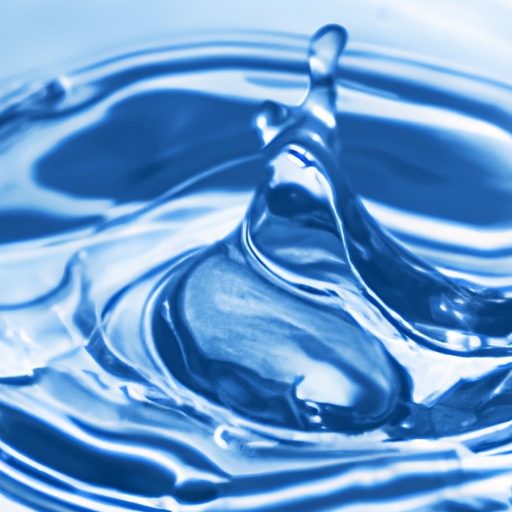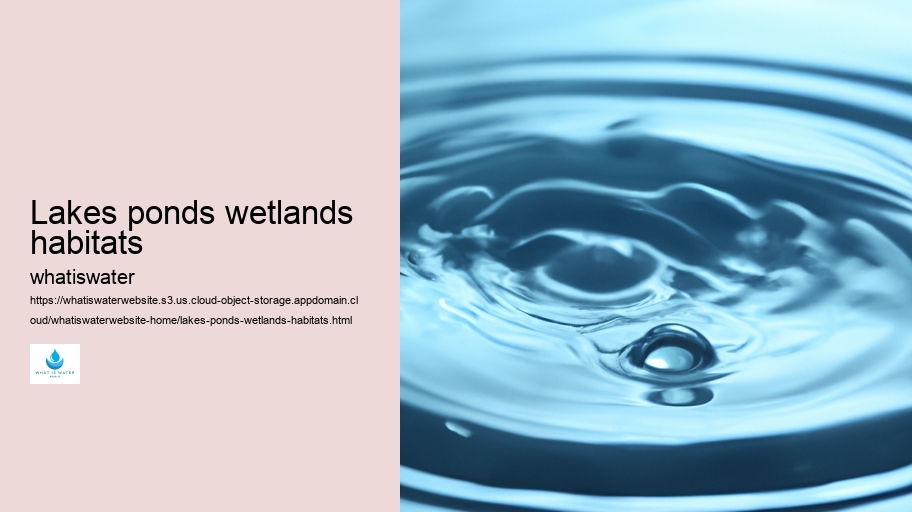Sustainable Water Use
**Lakes** are substantial bodies of freshwater that accumulate in hollows across landscapes. Formed by various geological processes such as glacier retreat or volcanic activity, lakes provide habitats for a variety of organisms including fish, amphibians, birds, and countless invertebrates.
Lakes ponds wetlands habitats - Ocean Conservation
- Hydrology
- Water in Culture and Religion
- Water Filtration
**Ponds**, on the other hand, are smaller than lakes and often seasonal, drying up at certain times of the year. Despite their size, ponds have an exceptionally high level of biological activity.
Lakes ponds wetlands habitats - Hydrology
- Glaciers and Ice Caps
- Climate Change and Water
- Hydroelectric Power
- Water Rights
- Water and Sanitation
- Waterborne Diseases
**Wetlands**, encompassing marshes, swamps, bogs, and fens, are transitional zones between terrestrial and aquatic environments where water is present at or near the surface for part or all of the year.
Lakes ponds wetlands habitats - Water in Culture and Religion
- Water Softening
- Glaciers and Ice Caps
- Climate Change and Water
- Hydroelectric Power
Lakes ponds wetlands habitats - Ocean Conservation
- Water Filtration
- Water Softening
- Glaciers and Ice Caps
- Climate Change and Water
- Hydroelectric Power
- Water Rights
The ecological importance of these habitats cannot be overstated; they regulate water cycles by controlling floods through absorption during heavy rainfall events while releasing stored water during droughts. Hydrology Moreover, they sequester carbon effectively combatting climate change by trapping greenhouse gases within their sediments.
Unfortunately, these critical habitats face threats due to human activities like urban development leading to habitat destruction or pollution from industrial runoff which introduces toxins into these delicate ecosystems. Climate change further exacerbates these pressures with rising temperatures altering precipitation patterns potentially drying out some wetlands completely.
Conservation efforts are imperative for preserving these vital habitats for future generations not only because they harbor immense biodiversity but also because they render services indispensable to human survival – flood mitigation air purification carbon sequestration among others. Collaborative measures involving government policies community engagement education initiatives can ensure protection restoration sustainability lakes ponds wetlands worldwide.
In conclusion lakes ponds wetlands represent more than mere features on our landscape – they are dynamic systems integral maintaining ecological balance supporting life multitude forms safeguarding our environmental legacy must collectively strive protect cherish invaluable resources lest we compromise very foundations upon which depend both nature humanity alike.

